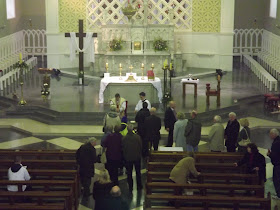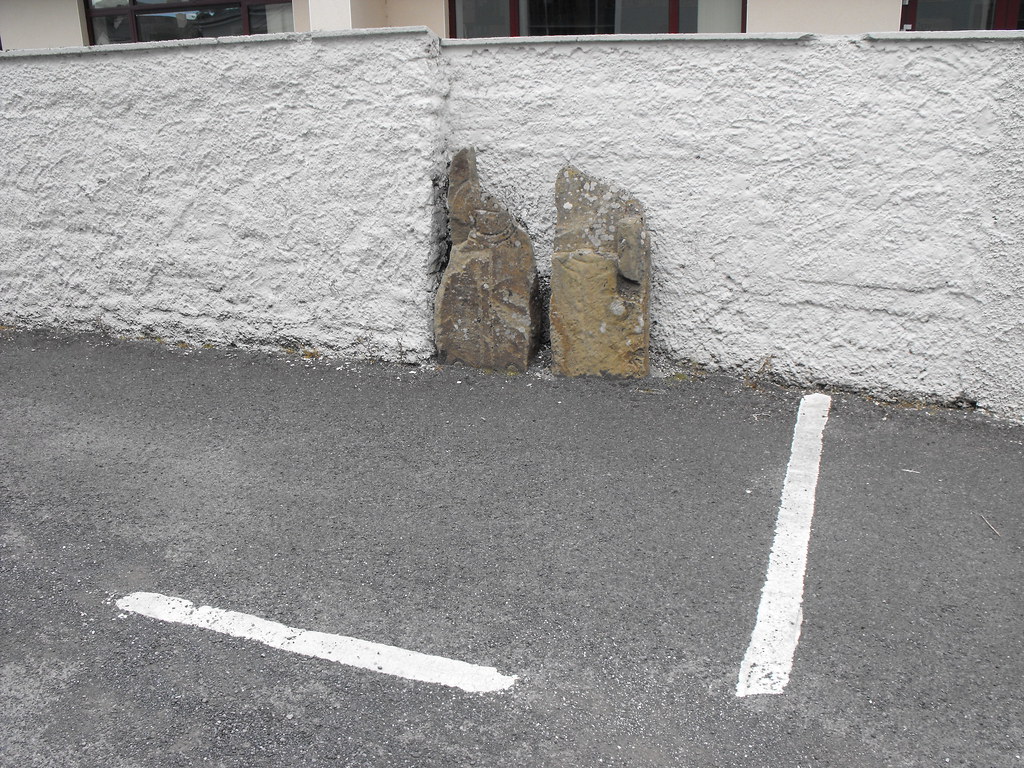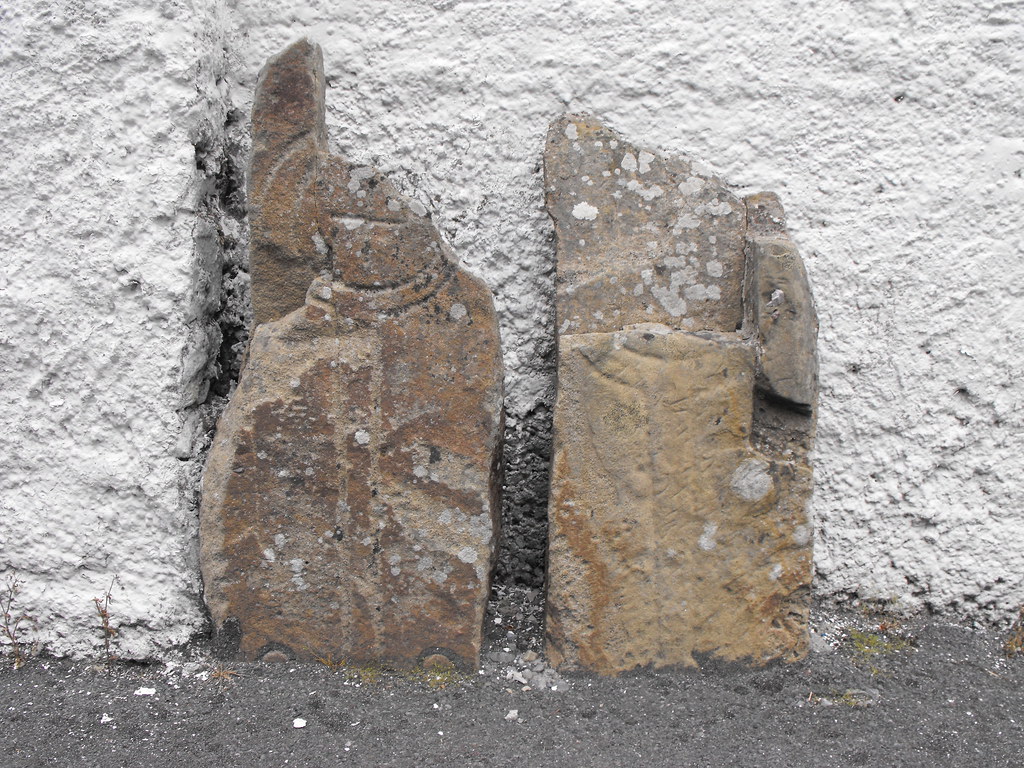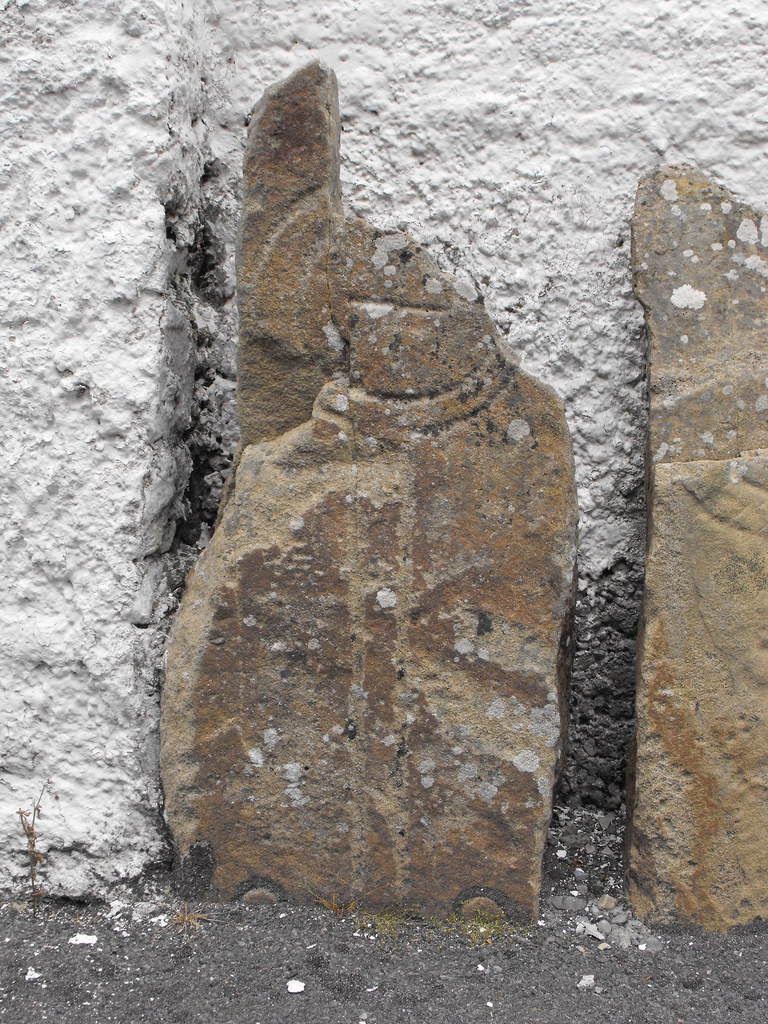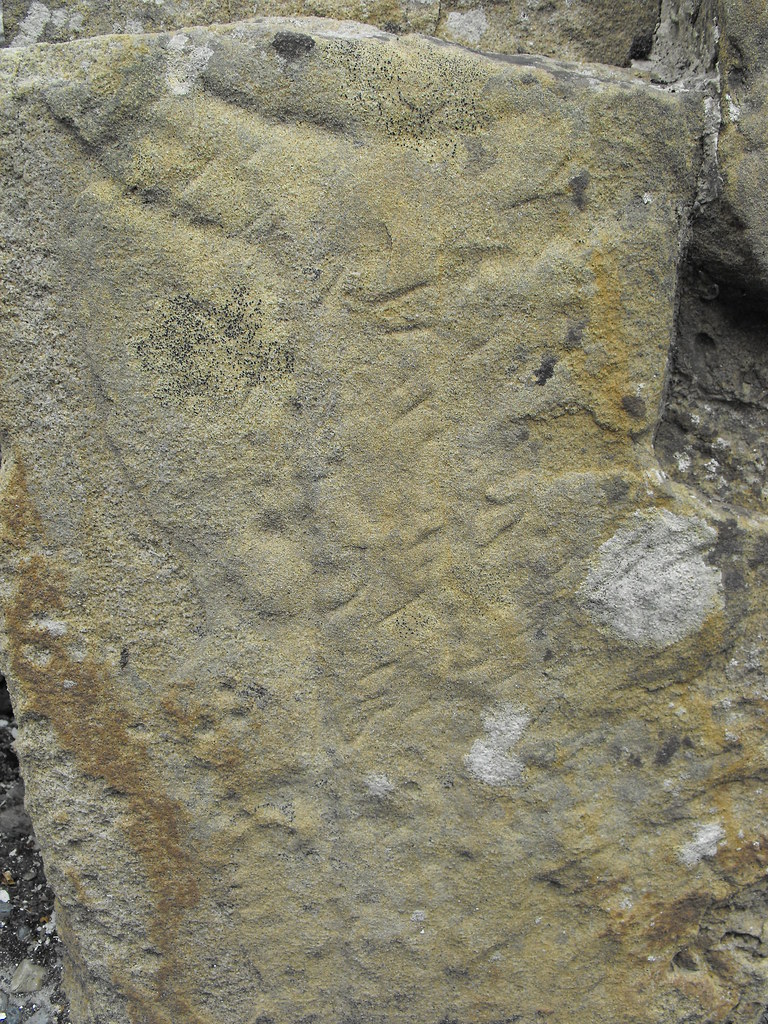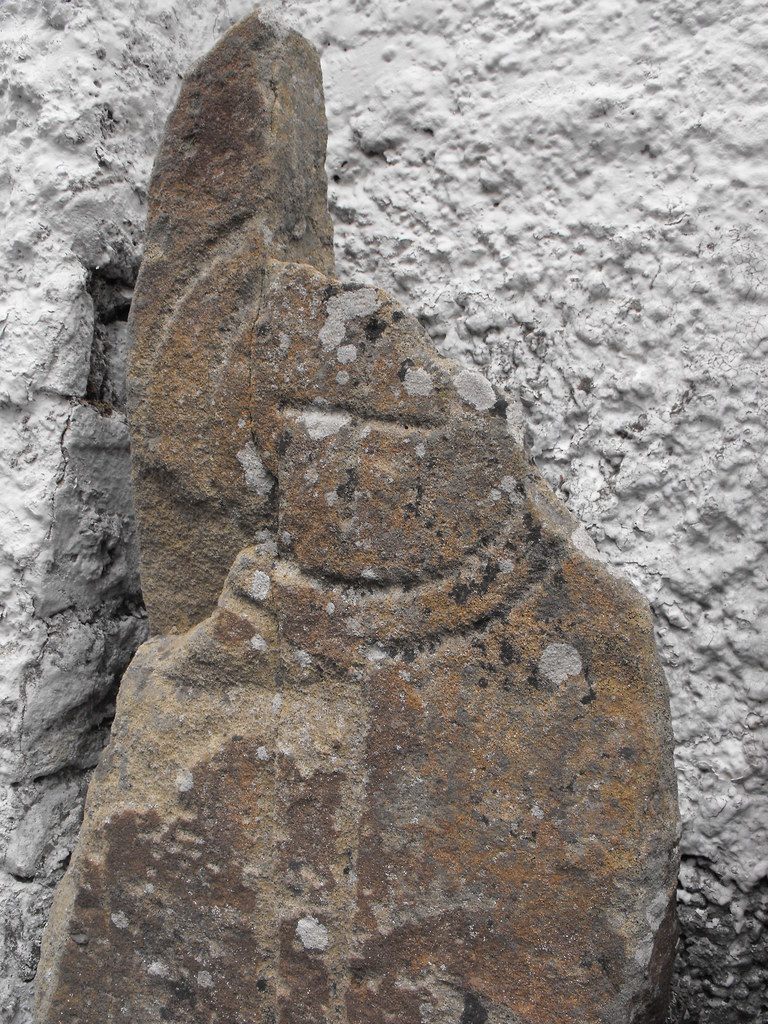The Confiteor, Misereatur and Indulgentiam function as sacramentals. They “include the acts of penance, sorrow, love and humility by which the just obtain remission of venial sins.” They cannot substitute for the absolution in the Sacrament of Penance if one is in a state of mortal sin. As a ceremonial preparation for Mass, they express the need of the ministers to be cleansed from fault so that they may worthily assist in the highest act of public worship for Catholics
The idea of a confession of sin is supported in part, by reference to the text of James 5:16 “Confess your sins to one another and pray for one another that you might be saved” Not only do the ministers confess to those on earth but those in heaven. This is based on the Catholic doctrine of the Communion of Saints and the belief in the intercession of the saints. In addition to confessing to saints as part of the body of Christ, the Scripture verses often adduced to support this are Matthew 19:28 “Amen, Amen Amen, I say to you, that you, who have followed me, in the regeneration, when the Son of man shall sit on the seat of his majesty, you also shall sit on twelve seats judging the twelve tribes of Israel.” (DR) and 1 Corinthians 6:2 “Know you not that the saints shall judge this world?” (DR) Thus the saints in the Confiteor are both judges and intercessors.
Saturday, 26 May 2012
Friday, 25 May 2012
Strawberry Hill in Kildare and Leighlin - Killenard
This Church was completed by the great Fr. Terence O'Connell, one of the great builders of Kildare and Leighlin, who was the Administrator of Carlow Cathedral who brought it to completion, and who built the Churches of Emo and Portarlington in the same Parish as Killenard. It tells a tale of two phases. It wants to be a classical building. The facade is in a classical idiom. The windows are round-headed, albiet that the wooden tracery introduces the pointed arch. However, the original fittings are generally strawberry hill. It says something for Catholic interior décor that the organ case is the best remaining feature in a whimsical gothick.
The sanctuary wall evokes its near contemporary in Johnstownbridge. In both we have a recessed calvary. It's interesting to speculate that Fr. O'Connell and Fr. Treacey, who were both church-building pastors, shared ideas, or lifted them, from each other. Although the tracery in Killenard is of the most elementary and the roof plasterwork is rustic, the common feature of the 'forest' of pillars, and the niched pillars, is more masculine and forceful in Killenard.
The Church is a frequent wedding venue, more, perhaps, for its proximity to 'The Heritage' Golf and Country Club than its architecture but it retains several features that merit for it, among not very intense competition, one of the prettiest Churches in the Diocese of Kildare and Leighlin.










The sanctuary wall evokes its near contemporary in Johnstownbridge. In both we have a recessed calvary. It's interesting to speculate that Fr. O'Connell and Fr. Treacey, who were both church-building pastors, shared ideas, or lifted them, from each other. Although the tracery in Killenard is of the most elementary and the roof plasterwork is rustic, the common feature of the 'forest' of pillars, and the niched pillars, is more masculine and forceful in Killenard.
The Church is a frequent wedding venue, more, perhaps, for its proximity to 'The Heritage' Golf and Country Club than its architecture but it retains several features that merit for it, among not very intense competition, one of the prettiest Churches in the Diocese of Kildare and Leighlin.










Monday, 21 May 2012
Mass in Carlow Cathedral & First Blessing of a Newly Ordained Priest
The Holy Sacrifice of the Mass was offered in the Gregorian Rite using the Missal of 1962 in Carlow Cathedral on the morning of 19th May, 2012, by Canon Brieuc de La Brosse of the Institute of Christ the King, Sovereign Priest, and served by members of the Institute and St. Conleth's Catholic Heritage Association. The Choir of the Augustinian Church, John's Lane, Dublin, sang the Mass of St. John the Baptist, by Rev. J.E. Turner, O.S.B., and a number of polyphonic motets and vernacular hymns. After Mass, Canon de la Brosse gave his first blessing to the congregation and choir. It is the second time this year that a newly-ordained Priest has given his first blessing after a Mass organised by St. Conleth's Catholic Heritage Association. Accounts of previous Masses organised by St. Conleth's Catholic Heritage Association in Carlow Cathedral are given here and here.
Saturday, 12 May 2012
The Confiteor (C) Usage
The Confiteor can either be recited twice or once.
Double recitation:
When the Confiteor is recited twice, the first time is by a priest (within Mass) or person of highest dignity (in the Divine Office). The second time is by those standing or kneeling around. At Mass the confession is usually made by the deacon and subdeacon, or, if they are absent, by the server on behalf of the people. In a ‘Dialogue Mass’ the confession could also be said by the people together with the server.
Each Confiteor is followed by the Misereatur, directed to the one(s) confessing. At the end of the second Misereatur, the Indulgentiam is said by the priest (or person of highest dignity) and directed to all, himself included.
The double Confiteor is used:
-At the beginning of the Mass. Exceptions were introduced and enumerated in the 1962 editions of the liturgical books: when a ceremony such as the blessing of candles (for the Purification), the blessing of ashes (Ash Wednesday), the litanies and Procession (on Rogation days), when a major liturgical action precedes the Mass (such the ceremonies of Holy Saturday). The 1965 Ritus Servandus (Rites to be observed in the celebration of the Mass) extends the omission of the Confiteor to whenever a liturgical action precedes the Mass
- In communal recitation of the Divine Office, provided that there was at least one member of the clergy present. It arose as a monastic custom, and thus was recited at Prime (morning prayer) and Compline (night prayer) which were of monastic origin.
-At Prime, the Confiteor occurs within a set of prayers known as the preces, which are omitted on certain days. Consequently on those days, the Confiteor is also omitted.
Single recitation:
When the Confiteor is recited once, the absolution is usually offered by a priest and directed to those confessing. Single recitation occurs:
-Before the reception of Holy Communion during Mass. This was omitted in 1962
-Before the reception of Holy Communion outside Mass
-Before the administration of Extreme Unction or the giving of the Apostolic blessing to the dying. It could be made either by the sick person, or in his name, and be said in the vernacular.
-At the publication of solemn indulgences by the bishop: the Confiteor is then sung solemnly by the deacon before the modified absolution is given
-During communal recitation of the Divine Office in which no priest is present, or during private recitation. In this case, however, the absolution is also said by all. In private recitation, the references “you, Father” or “you brethren” are omitted and all references have “us” and “our” instead of “you” and “your”
In the modern Roman rite, the Confiteor is always recited once, even at Mass. Other forms of the Penitential Rite may replace the Confiteor. The absolution almost always makes use of “us” rather than “you”. The Confiteor may be used:
-At the beginning of Mass.
-At Compline, in the Liturgy of the Hours (Prime having been abolished)
-In the Rite of Communion in the absence of a priest and the distribution of Holy Communion outside Mass
-In the Anointing of the Sick
RITES OBSERVED
The basic rite of the Confiteor, whenever said, entailed a posture of humility such as bowing and/or kneeling, with contrition being expressed by the striking of the breast with the right hand each time “mea culpa” was said. There are numerous biblical references for these gestures of contrition: they are found in the parable told by Jesus of the Pharisee and tax collector (publican): “And the publican, standing afar off, would not so much as lift up his eyes towards heaven; but struck his breast, saying: O God, be merciful to me a sinner.” (Luke 18:13, DR)
Mass and Holy Communion:
Within the traditional Roman liturgy, at the beginning of the Mass, the priest and sacred ministers (i.e. deacon and subdeacon) and/or servers faced the altar to recite the confession. In certain monastic liturgies, it was more common for the ministers to stand on opposite sides before the altar, turned inwards, facing each other.
A profound bow was made by the celebrating priest during the entire Confiteor and the Misereatur. If a prelate (e.g. a bishop) was present he turned and bowed when addressing him in the Confiteor. The same posture was observed by the deacon and subdeacon at a High Mass, who also turned toward the priest when addressing him (“tibi Pater” or “te Pater”). The server at a Low Mass or Sung Mass, knelt and bowed before the steps of the altar when reciting the Confiteor. A sign of the cross was made by all at the Indulgentiam
A similar procedure was followed for the Confiteor before communion. The server knelt at the ‘Epistle’ side, and said the confession. At a High Mass, the Confession was sung by the deacon, who stood, bowing, at the highest step of the altar on the ‘Epistle’ side facing the subdeacon who stood similarly at the ‘Gospel’ side. In contrast to the beginning of the Mass, the priest faced the people when saying the Misereatur and the Indulgentiam and made the sign of the cross over them.
This rite was the also observed when Holy Communion was distributed outside the Mass rather than within the celebration.
The Divine Office:
Within the Divine Office either a profound bow or kneeling was required when reciting the Confiteor.
Publication of indulgences:
For the publication of indulgences the deacon would sing the Confiteor before the throne of the bishop, bowing slightly in front of him. When addressing the bishop (“tibi Pater” or “te Pater”), he made either a profound bow from the waist, if he was a canon, or a genuflection, if he was not. The bishop then stood and said the absolution with his head uncovered. The mitre was resumed to give the benediction.
Extreme Unction:
If the Confiteor was recited by someone else in the name of the sick person when the sacrament of Extreme Unction was administered, or for the Apostolic blessing for the dying, it was recited kneeling, observing the triple striking of the breast. The absolution was given by the priest, standing.
The modern Roman liturgy:
In the modern Roman liturgy, the Confiteor is recited standing by the priest and people. The rubrics of the Roman Missal prescribe that the breast should be struck at the words “mea culpa, mea culpa, mea maxima culpa”. A response of the Congregation for Divine Worship and the Discipline of the Sacraments indicated that, unlike in former times, this does not have to be done thrice. In certain places, it is customary to make the sign of the cross at the Misereatur but this gesture is not prescribed by the rubrics.
No posture is mandated for recitation within the Liturgy of the Hours at Compline or at the Anointing of the Sick. The striking of the breast is however, observed.
First published in October, 2007
Double recitation:
When the Confiteor is recited twice, the first time is by a priest (within Mass) or person of highest dignity (in the Divine Office). The second time is by those standing or kneeling around. At Mass the confession is usually made by the deacon and subdeacon, or, if they are absent, by the server on behalf of the people. In a ‘Dialogue Mass’ the confession could also be said by the people together with the server.
Each Confiteor is followed by the Misereatur, directed to the one(s) confessing. At the end of the second Misereatur, the Indulgentiam is said by the priest (or person of highest dignity) and directed to all, himself included.
The double Confiteor is used:
-At the beginning of the Mass. Exceptions were introduced and enumerated in the 1962 editions of the liturgical books: when a ceremony such as the blessing of candles (for the Purification), the blessing of ashes (Ash Wednesday), the litanies and Procession (on Rogation days), when a major liturgical action precedes the Mass (such the ceremonies of Holy Saturday). The 1965 Ritus Servandus (Rites to be observed in the celebration of the Mass) extends the omission of the Confiteor to whenever a liturgical action precedes the Mass
- In communal recitation of the Divine Office, provided that there was at least one member of the clergy present. It arose as a monastic custom, and thus was recited at Prime (morning prayer) and Compline (night prayer) which were of monastic origin.
-At Prime, the Confiteor occurs within a set of prayers known as the preces, which are omitted on certain days. Consequently on those days, the Confiteor is also omitted.
Single recitation:
When the Confiteor is recited once, the absolution is usually offered by a priest and directed to those confessing. Single recitation occurs:
-Before the reception of Holy Communion during Mass. This was omitted in 1962
-Before the reception of Holy Communion outside Mass
-Before the administration of Extreme Unction or the giving of the Apostolic blessing to the dying. It could be made either by the sick person, or in his name, and be said in the vernacular.
-At the publication of solemn indulgences by the bishop: the Confiteor is then sung solemnly by the deacon before the modified absolution is given
-During communal recitation of the Divine Office in which no priest is present, or during private recitation. In this case, however, the absolution is also said by all. In private recitation, the references “you, Father” or “you brethren” are omitted and all references have “us” and “our” instead of “you” and “your”
In the modern Roman rite, the Confiteor is always recited once, even at Mass. Other forms of the Penitential Rite may replace the Confiteor. The absolution almost always makes use of “us” rather than “you”. The Confiteor may be used:
-At the beginning of Mass.
-At Compline, in the Liturgy of the Hours (Prime having been abolished)
-In the Rite of Communion in the absence of a priest and the distribution of Holy Communion outside Mass
-In the Anointing of the Sick
RITES OBSERVED
The basic rite of the Confiteor, whenever said, entailed a posture of humility such as bowing and/or kneeling, with contrition being expressed by the striking of the breast with the right hand each time “mea culpa” was said. There are numerous biblical references for these gestures of contrition: they are found in the parable told by Jesus of the Pharisee and tax collector (publican): “And the publican, standing afar off, would not so much as lift up his eyes towards heaven; but struck his breast, saying: O God, be merciful to me a sinner.” (Luke 18:13, DR)
Mass and Holy Communion:
Within the traditional Roman liturgy, at the beginning of the Mass, the priest and sacred ministers (i.e. deacon and subdeacon) and/or servers faced the altar to recite the confession. In certain monastic liturgies, it was more common for the ministers to stand on opposite sides before the altar, turned inwards, facing each other.
A profound bow was made by the celebrating priest during the entire Confiteor and the Misereatur. If a prelate (e.g. a bishop) was present he turned and bowed when addressing him in the Confiteor. The same posture was observed by the deacon and subdeacon at a High Mass, who also turned toward the priest when addressing him (“tibi Pater” or “te Pater”). The server at a Low Mass or Sung Mass, knelt and bowed before the steps of the altar when reciting the Confiteor. A sign of the cross was made by all at the Indulgentiam
A similar procedure was followed for the Confiteor before communion. The server knelt at the ‘Epistle’ side, and said the confession. At a High Mass, the Confession was sung by the deacon, who stood, bowing, at the highest step of the altar on the ‘Epistle’ side facing the subdeacon who stood similarly at the ‘Gospel’ side. In contrast to the beginning of the Mass, the priest faced the people when saying the Misereatur and the Indulgentiam and made the sign of the cross over them.
This rite was the also observed when Holy Communion was distributed outside the Mass rather than within the celebration.
The Divine Office:
Within the Divine Office either a profound bow or kneeling was required when reciting the Confiteor.
Publication of indulgences:
For the publication of indulgences the deacon would sing the Confiteor before the throne of the bishop, bowing slightly in front of him. When addressing the bishop (“tibi Pater” or “te Pater”), he made either a profound bow from the waist, if he was a canon, or a genuflection, if he was not. The bishop then stood and said the absolution with his head uncovered. The mitre was resumed to give the benediction.
Extreme Unction:
If the Confiteor was recited by someone else in the name of the sick person when the sacrament of Extreme Unction was administered, or for the Apostolic blessing for the dying, it was recited kneeling, observing the triple striking of the breast. The absolution was given by the priest, standing.
The modern Roman liturgy:
In the modern Roman liturgy, the Confiteor is recited standing by the priest and people. The rubrics of the Roman Missal prescribe that the breast should be struck at the words “mea culpa, mea culpa, mea maxima culpa”. A response of the Congregation for Divine Worship and the Discipline of the Sacraments indicated that, unlike in former times, this does not have to be done thrice. In certain places, it is customary to make the sign of the cross at the Misereatur but this gesture is not prescribed by the rubrics.
No posture is mandated for recitation within the Liturgy of the Hours at Compline or at the Anointing of the Sick. The striking of the breast is however, observed.
First published in October, 2007
Monday, 7 May 2012
Let us pray for HSH the Hereditary Prince of Leichtenstein
The Catholic Herald and Sunlit Uplands have drawn attention to a new development in the struggle to save Leichtenstein from the curse of abortion. His Serene Highness, Alois, Hereditary Prince and Regent of Leichtenstein is threatened with the removal of his veto. The same fate befell HRH the Grand Duke of Luxembourg in 2009 for his opposition to euthanasia. The Principality was beset by the question of abortion last September, when a referendum to permit it was defeated by the people. At that time, HSE the Hereditary Prince and Regent had promised to veto the result if it had favoured abortion. Since then, elements within and without the Principality have conspired to remove the Prince's power to protect the unborn. The Prince is married to HSH the Princess Sophie, daughter of Prince Max, Duke in Bavaria, who is, by the Jacobite Succession the heiress presumptive to the thrones of England, Scotland, Ireland and France.
Saturday, 5 May 2012
The Standing Stone: Clonaslee, Cross Slabs, Co. Laois.
Original article can be found here.
Location – In Clonaslee, N of the Slieve Bloom Mountains on the R422 in the grounds of the RC church.
OS: N 318 112 (map 54)
Longitude: 7° 31' 28.71" W
Latitude: 53° 9' 1.4" N
See map at the bottom of the page.
Description and History – These two cross slabs are somewhat disappointing. I have no doubt that they were once spectacular and a clear rival to those cross slabs at Clonenagh, also in Laois. However, they are severely damaged. The damage does not obscure them completely but their poor location does. They have been located against a white washed wall outside a modern church and are set in concrete and tarmac and form part of a parking space. I do not know how much damage is being done to these slabs with car doors slamming into them every day of the week. They are rectangular in shape and are sandstone with simple cross inscribed designs. There was a third slab but this has now been lost. If you have an interest in cross slabs go and see these before it is too late.
Difficulty – There are a couple of churches in Clonaslee so it took me a while to locate them. Plenty of parking.
For more ecclesiastical sites, click here.
For more sites in Co. Laois, click here.
Location – In Clonaslee, N of the Slieve Bloom Mountains on the R422 in the grounds of the RC church.
OS: N 318 112 (map 54)
Longitude: 7° 31' 28.71" W
Latitude: 53° 9' 1.4" N
See map at the bottom of the page.
Description and History – These two cross slabs are somewhat disappointing. I have no doubt that they were once spectacular and a clear rival to those cross slabs at Clonenagh, also in Laois. However, they are severely damaged. The damage does not obscure them completely but their poor location does. They have been located against a white washed wall outside a modern church and are set in concrete and tarmac and form part of a parking space. I do not know how much damage is being done to these slabs with car doors slamming into them every day of the week. They are rectangular in shape and are sandstone with simple cross inscribed designs. There was a third slab but this has now been lost. If you have an interest in cross slabs go and see these before it is too late.
Difficulty – There are a couple of churches in Clonaslee so it took me a while to locate them. Plenty of parking.
For more ecclesiastical sites, click here.
For more sites in Co. Laois, click here.
View The Standing Stone in a larger map

















